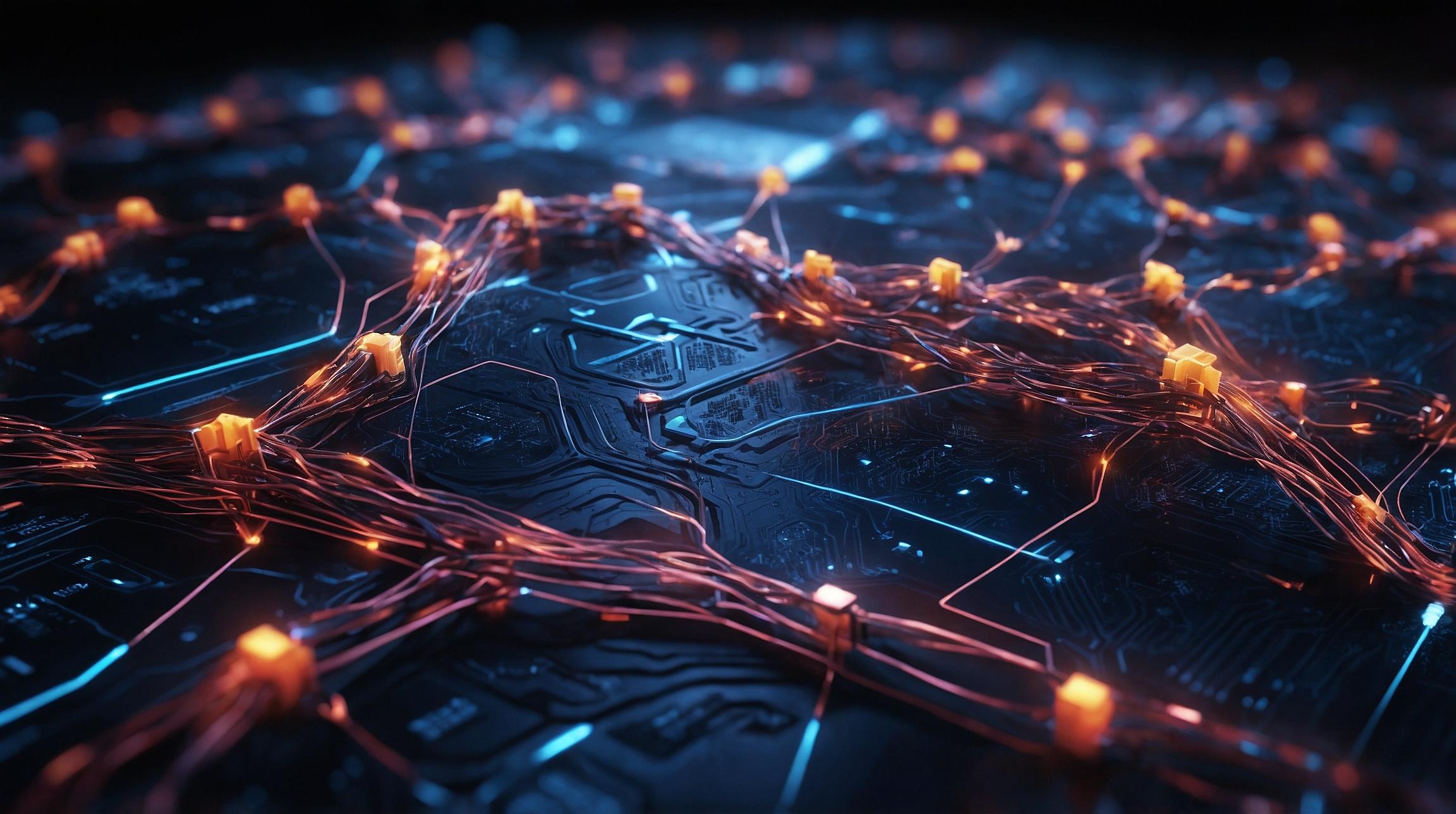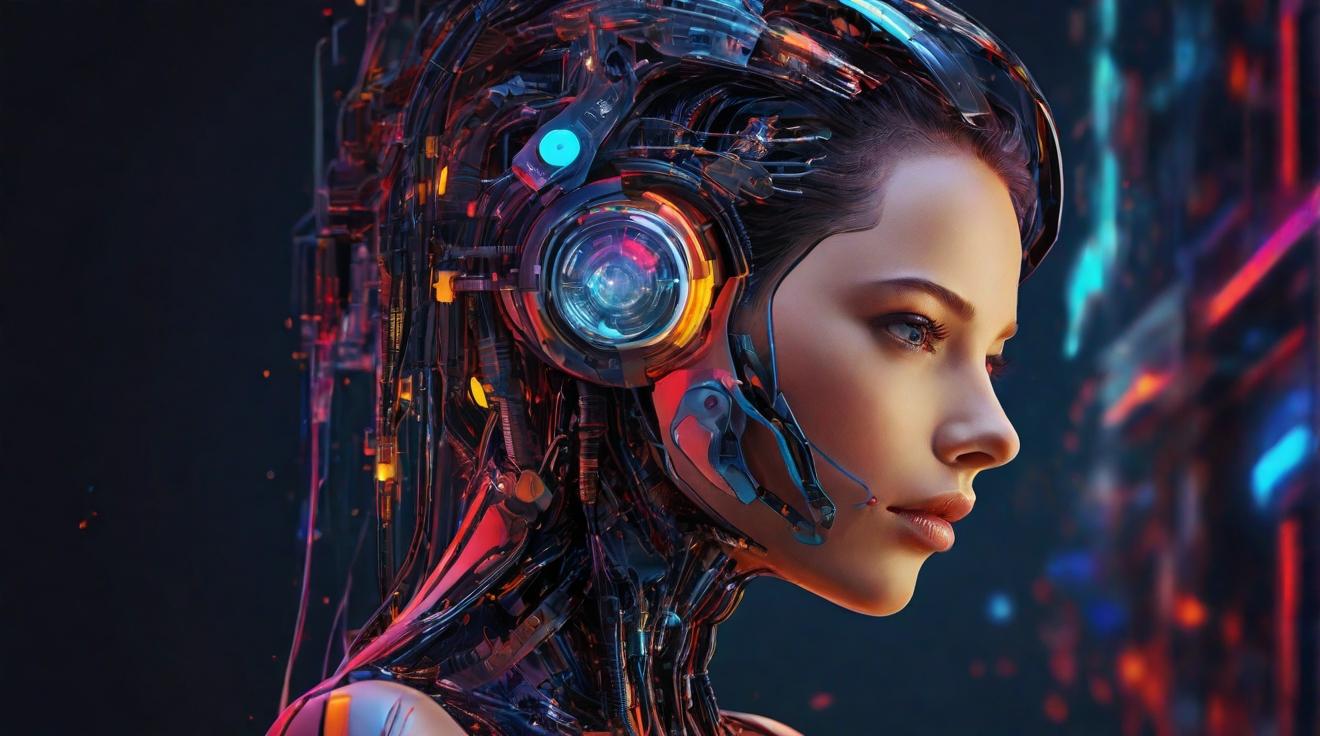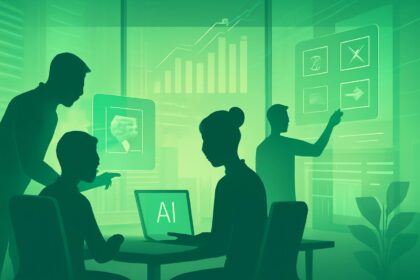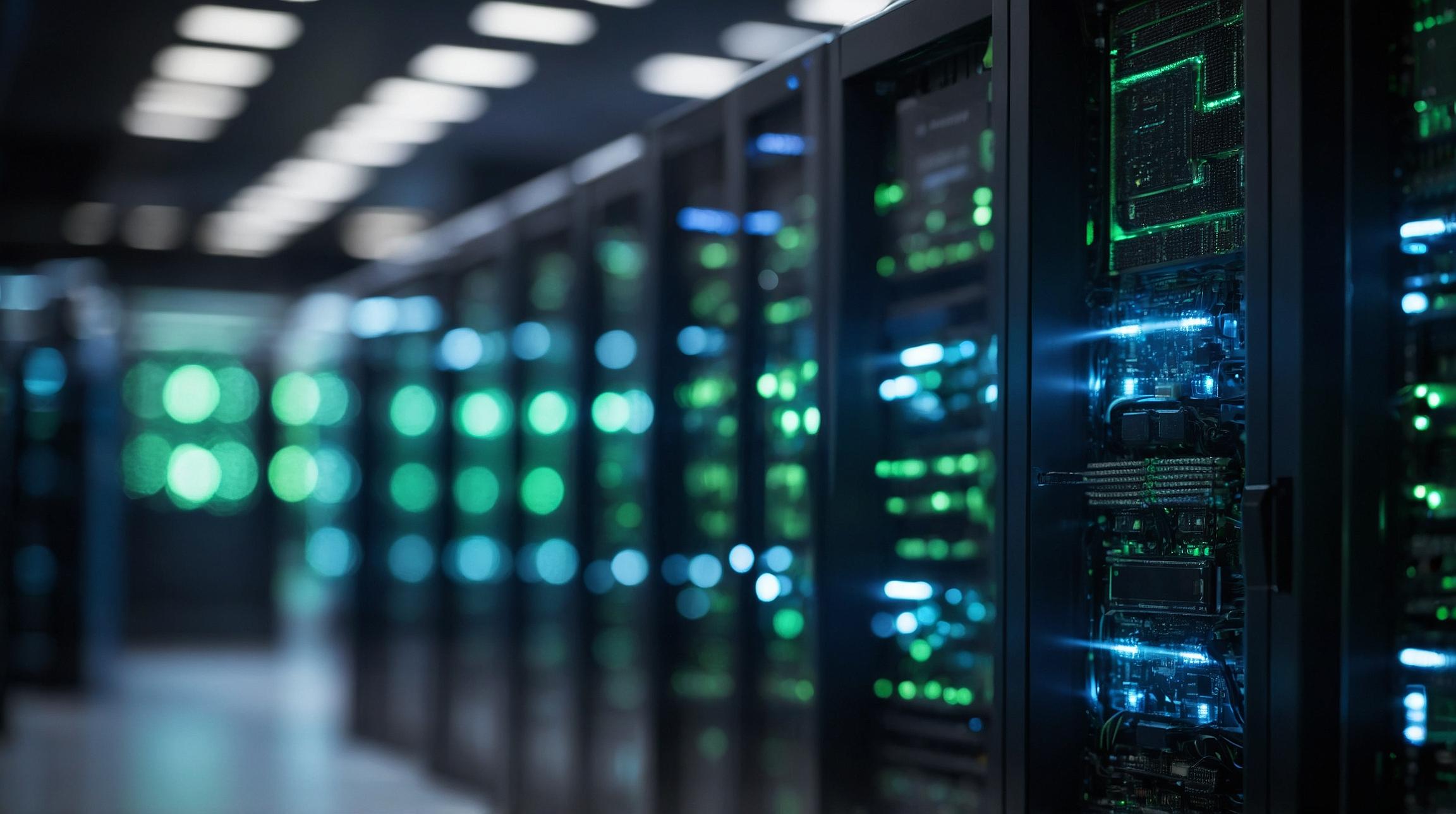AI-Driven Security Risks in Supply Chains
As Artificial Intelligence (AI) becomes an integral part of digital infrastructure, it introduces new security risks, particularly in supply chains. During Kaspersky’s APAC Cyber Security Weekend, Vitaly Kamluk, head of the Asia Pacific Research & Analysis Team, emphasized both the risks and potential of AI in strengthening cybersecurity measures.
Evolving Nature of Supply Chains
Supply chains have evolved from simple sequences of steps into complex networks of digital services and software dependencies. This transformation has increased vulnerabilities, as disruptions in one part can impact entire systems. Kamluk noted that modern supply chains resemble a web, not a linear chain, which makes them hard to manage.
A recent incident highlighted this risk when a global outage, lasting just 80 minutes, caused immense financial damage, illustrating the potential consequences of even brief disruptions.
Linux XZ Utility Backdoor Example
A notable case of supply chain risk was the backdoor found in the Linux XZ utility, considered a supply chain attack with a severity score of 10. This backdoor monitored SSH connections and authenticated attackers with a hidden key, posing a significant threat if undetected.
The backdoor’s discovery was fortuitous, as it was found by engineers noticing a slight slowdown in the system. The incident underscores the fragility of digital supply chains and the potential global impact of such vulnerabilities.
AI and Cybersecurity Innovations
AI integration in cybersecurity is crucial for tackling these risks. AI technologies like autonomous threat hunting and adaptive defense systems can automatically identify and counter threats without human intervention. This is particularly useful for complex attacks that traditional methods might miss.
Kamluk highlighted the increased focus on AI security research, indicating a shift towards AI-driven solutions in cybersecurity.
Supply Chain Threats and Social Engineering
One potential threat involves manipulating AI training data, which can degrade model performance or introduce undetected vulnerabilities. Attackers could also replace AI models with malicious versions, highlighting the need for rigorous model control and monitoring.
Social engineering remains a significant vulnerability. Attackers often build trust within communities before introducing malicious elements, as seen in the Linux XZ utility case. Vigilance is crucial, with anomaly detection systems playing a vital role in identifying insider threats.
Conclusion: Balancing Risks and Trust
As digital supply chains grow more complex, robust cybersecurity measures are essential. Kamluk stresses the importance of combining traditional practices with AI advancements. Despite challenges, he remains optimistic about the future, advocating for trust in the right vendors and processes to ensure security in the evolving digital landscape.













